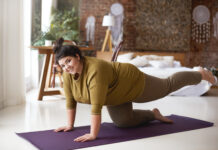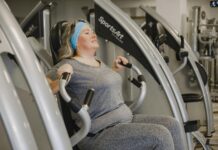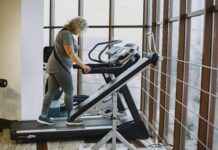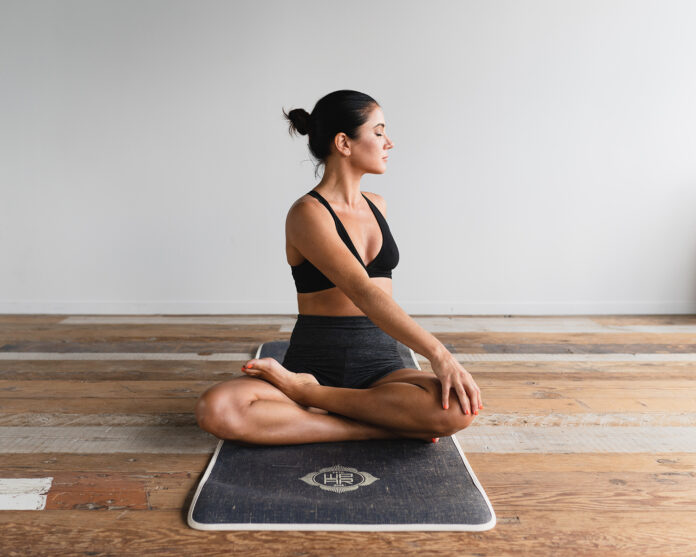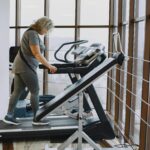In the case of holistic well-being, few practices rival the transformative power of yoga practice. Beyond the physical postures, yoga involves an intense journey of self-discovery, offering a unique blend of mental peace and physical vitality. In this detailed guide, we’ll explore the rich world of yoga practices, highlighting their benefits and providing insights for practitioners at every level.
Introduction: Essence of Yoga
Yoga exercises are an ancient practice based on mindfulness and balance and have evolved into a modern way of life for those seeking harmony in their busy lives. From stress relief to increased flexibility, the versatile benefits of yoga extend far beyond the mat.
The Foundation: Understanding Key Yoga Exercises
1. Sun Salutations (Surya Namaskar):
A dynamic sequence that serves as a warm-up, Sun Salutations synchronize breath with movement, promoting flexibility and energizing the body.
2. Downward-Facing Dog (Adho Mukha Svanasana):
A foundational pose, Downward-Facing Dog, strengthens the entire body while stretching the spine and hamstrings.
3. Warrior Poses (Virabhadrasana I, II, III):
These warrior poses build strength, stability, and concentration, fostering a sense of empowerment and resilience.
4. Tree Pose (Vrikshasana):
Focusing on balance and alignment, Tree Pose enhances concentration, grounding practitioners in the present moment.
5. Child’s Pose (Balasana):
A restorative pose, Child’s Pose provides a gentle stretch for the back and hips, offering a moment of surrender and relaxation.
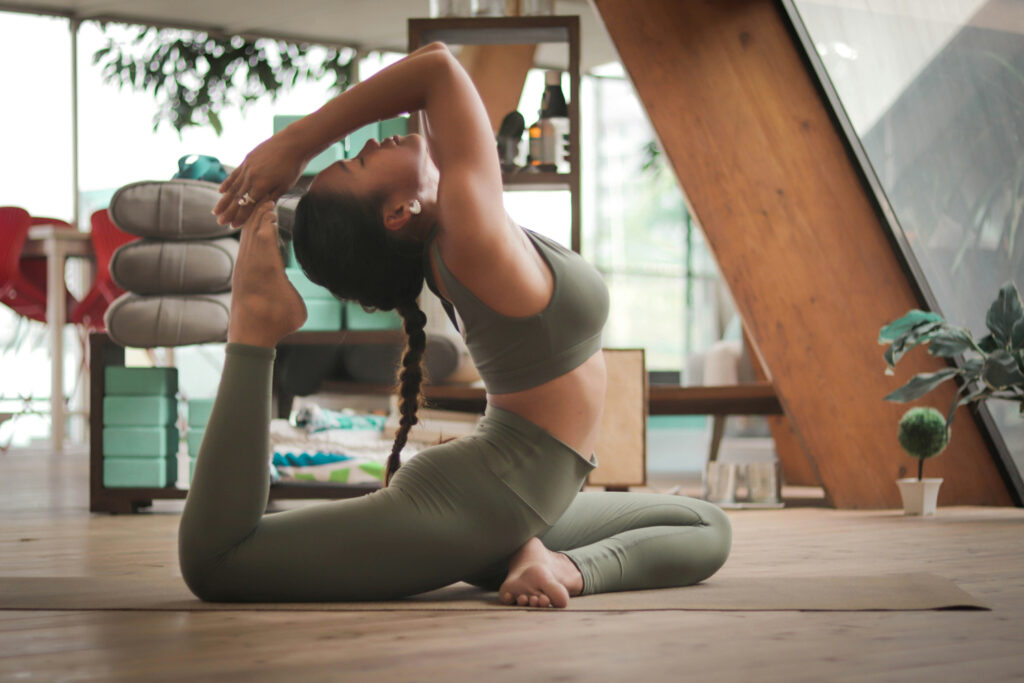
Mindful Movement: The Core Principles of Yoga
1. Breath Awareness (Pranayama):
Integrating breath work into yoga exercises cultivates mindfulness, reduces stress, and enhances the mind-body connection.
2. Mindful Meditation:
Beyond physical postures, yoga encourages meditation, fostering mental clarity, and emotional well-being.
3. Yoga Nidra:
Also known as yogic sleep, Yoga Nidra is a guided relaxation practice that promotes deep rest and rejuvenation.
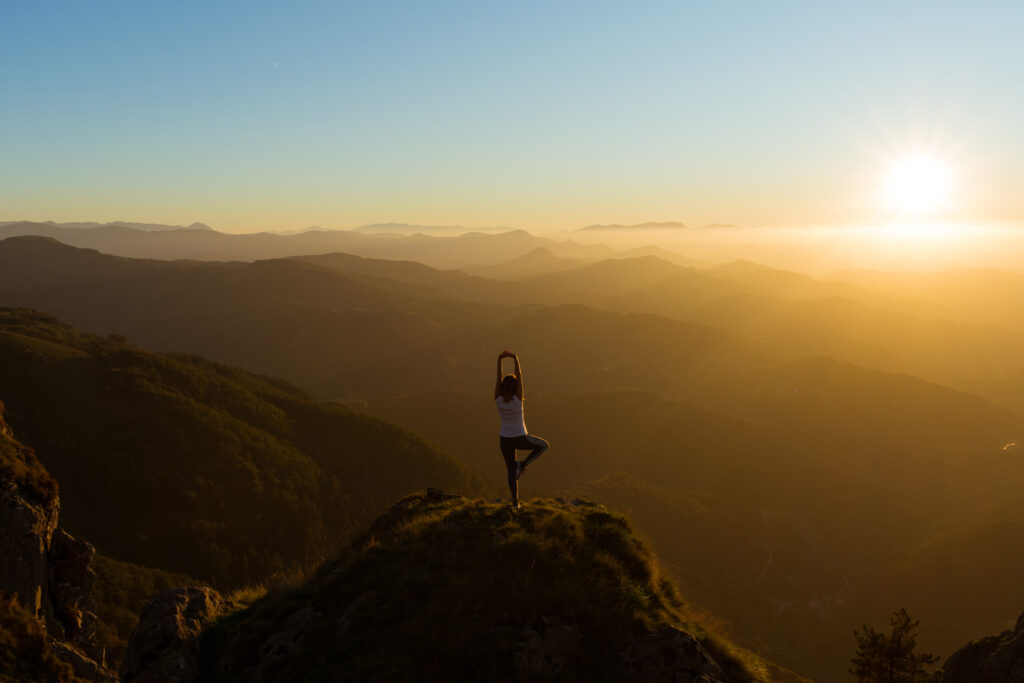
Tailoring Yoga to Your Needs:
1. Yoga for Stress Relief:
Gentle poses, deep breathing, and meditation alleviate stress, promoting a calm and centered state of mind.
2. Yoga for Strength:
Power yoga and dynamic poses build muscular strength and endurance, enhancing overall physical fitness.
3. Yoga for Flexibility:
Emphasizing stretching and lengthening, certain yoga styles enhance flexibility, improving joint health and range of motion.
Creating Your Home Yoga Sanctuary:
1. Choosing the Right Mat:
A comfortable, non-slip yoga mat provides a foundation for your practice, supporting stability and alignment.
2. Creating Ambiance:
Enhance your practice with soothing music, scented candles, or essential oils to create a tranquil atmosphere.
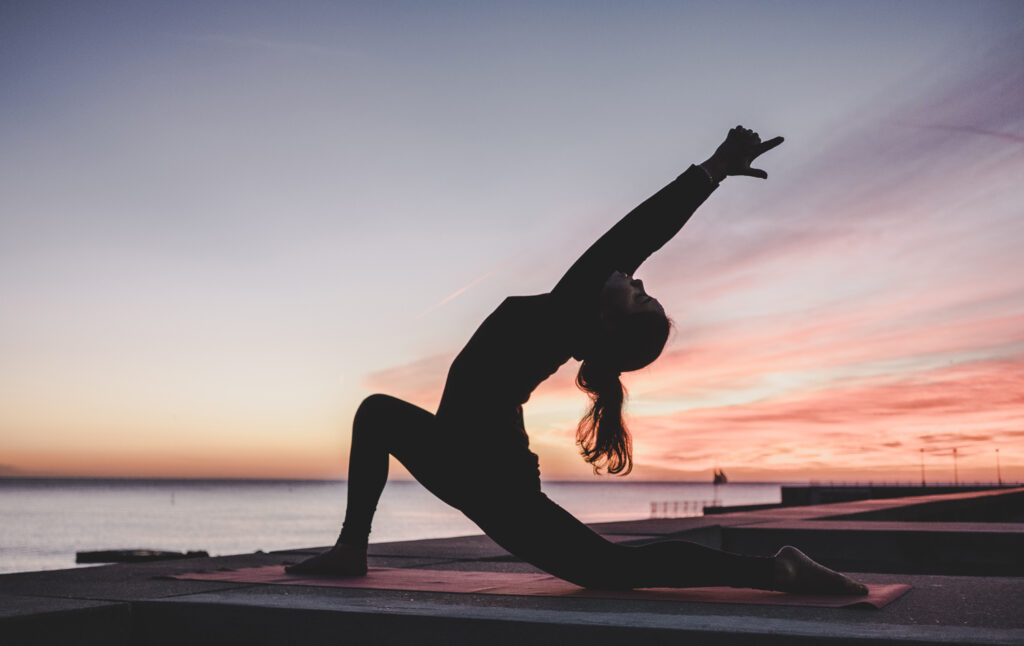
Conclusion: Embracing the Journey
In conclusion to this exploration of yoga practices, it is clear that this ancient practice goes beyond physical fitness, offering a path to balance and self-awareness. Whether you’re a beginner or a seasoned yogi, the power of yoga will transform you in some way or another.
Embrace the peace and strength that yoga exercise brings to your life. As you step onto the mat, remember that each pose is an opportunity for self-discovery, each breath a moment of mindfulness. May your yoga journey be full of peace, joy, vitality, and long-lasting well-being. Namaste.
Frequently Asked Questions
Q: Can beginners practice yoga exercises?
– A: Absolutely! Yoga is inclusive, and there are beginner-friendly poses and classes tailored to those new to the practice.
Q: What type of yoga is best for stress relief?
– A: Practices such as Hatha, Yin, and Restorative yoga are excellent for stress relief, focusing on gentle poses and relaxation.
Q: How often should I practice yoga exercises?
– A: Consistency is key. Starting with a few sessions per week and gradually increasing frequency is recommended for optimal benefits.
Q: Can yoga help with weight loss and toning muscles?
– A: Yes, certain styles of yoga, such as Vinyasa and Power Yoga, can aid in weight loss and muscle toning through dynamic and strength-building poses.
Q: Is it necessary to meditate during yoga exercises?
– A: While meditation is a valuable aspect of yoga, it’s not mandatory. Many yoga classes offer a combination of physical postures, breathwork, and meditation.
Q: What equipment do I need for home yoga exercises?
– A: A comfortable yoga mat is essential. Depending on your practice, additional props like blocks, straps, and blankets may enhance your experience.
Q: Can yoga help with back pain?
– A: Yes, certain yoga poses and practices, such as gentle stretches and alignment-focused poses, can be beneficial for relieving back pain.
Q: How long should I hold yoga poses?
– A: The duration varies based on the pose and your comfort level. Beginners may start with 15-30 seconds and gradually increase as they become more familiar.
Q: Can pregnant individuals practice yoga exercises?
– A: Yes, prenatal yoga classes cater specifically to pregnant individuals, offering modified poses to ensure safety and comfort.
Q: Is yoga only for flexibility, or does it also build strength?
– A: Yoga is a holistic practice that enhances both flexibility and strength. Many poses require engaging muscles, promoting overall physical fitness.



